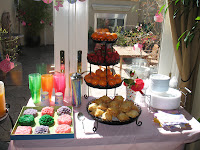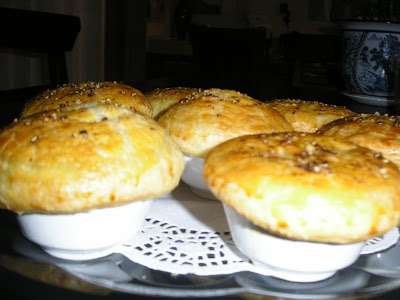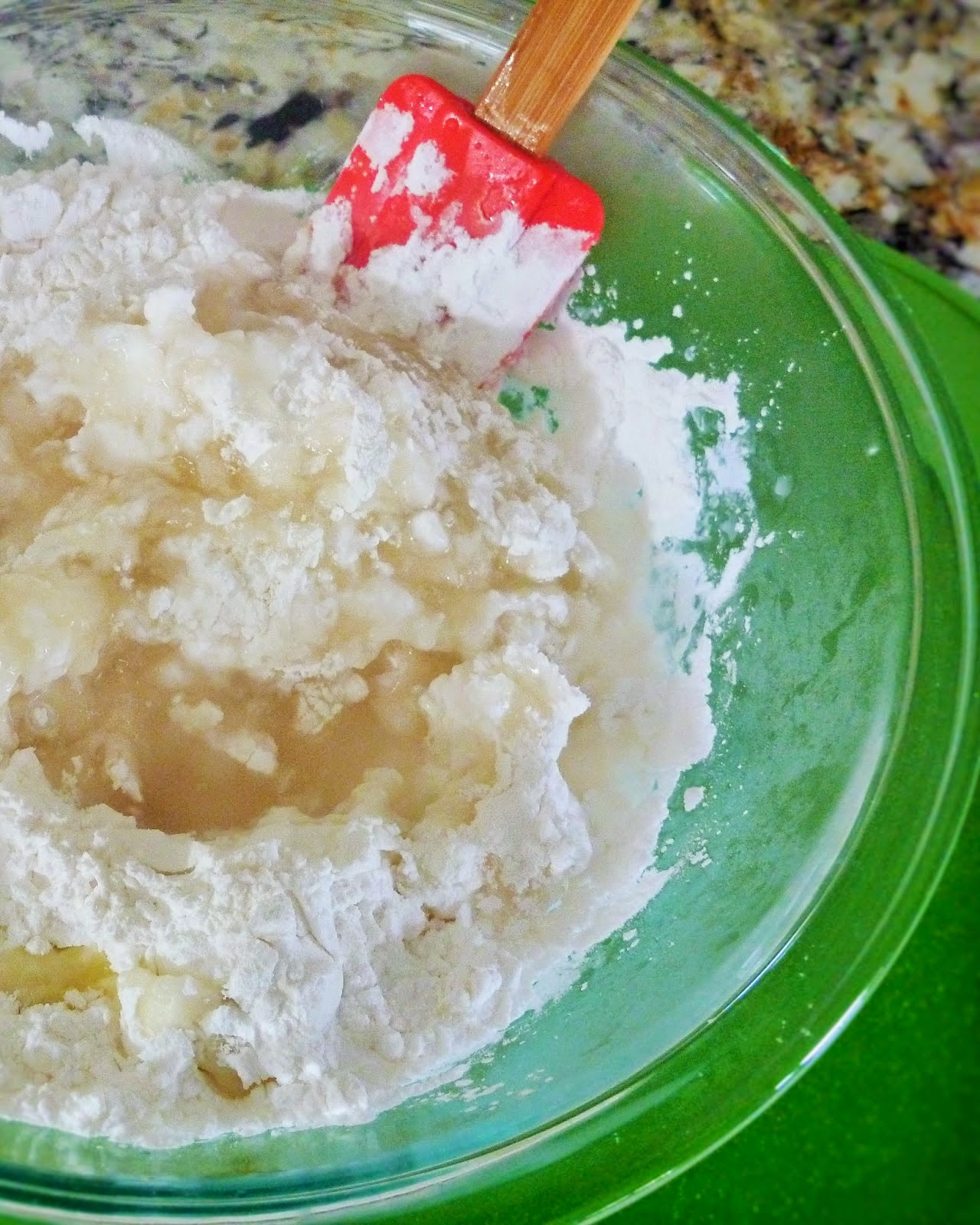* * *
*
 I always like to spoil them and give them memorable birthday parties as life can be full of surprises and who knows what tomorrow will bring, so why not make the best of everything for my children when I can, especially when they're at such an adorable age. On March 11th, my youngest daughter turned 2. As always, everyone in my family are involved in preparing for the birthday party. My husband hung up the garlands, Grandma prepared the balloons, and I had the best job . . . deciding what food to serve.
I always like to spoil them and give them memorable birthday parties as life can be full of surprises and who knows what tomorrow will bring, so why not make the best of everything for my children when I can, especially when they're at such an adorable age. On March 11th, my youngest daughter turned 2. As always, everyone in my family are involved in preparing for the birthday party. My husband hung up the garlands, Grandma prepared the balloons, and I had the best job . . . deciding what food to serve.
You can see from the pictures that the party was a success and my daughter had a blast as evident by her beautiful smile throughout the party. We had plenty of food and the guests really like the variety.
| A photo slideshow by Smilebox |
One of the dishes I made for the party was Papaya Salad with Beef Jerky, an appetizer favorite. My husband would love to sit out by his koi pond with the sun beating on his face and munch on this dish with a bottle of cold beer. A friend was at the party and requested me to post the recipe on my blog, so here it is. I bought the soft and sweet beef and liver jerky from Vua Khô Bò store (translated The King of Beef Jerky) in Westminster, Orange County. I can't find these types of beef and liver jerky here in Sacramento, so whenever I have a chance to go to Cal So, I would buy some to bring home.
RECIPE: Green Papaya Salad with Beef and Liver Jerky
Ingredients
*
1/2 cup Hoisin Sauce
2 tablespoons Soy Sauce
3 tablespoons Rice Vinegar or Regular Vinegar
1 cup Hot Water
4 tablespoons of Sugar
4 cloves of garlic, thinly sliced
1/2-1 teaspoon Paprika, optional
Sriracha Hot Chili Sauce, optional
In a large bowl, stir sugar in hot water until dissolved. Add the remaining ingredients except Sriracha hot chili sauce into the sugar mixture and mix it well. It's best to leave the sauce overnight so that the garlic releases even more flavor. Discard the garlic before serving.
Adding paprika is an option
*
Preparing Papaya
3 teaspoons of salt
About 1/2 pound of shredded or whole Asian-style soft and sweet Beef Jerky, use a scissor to cut into about 1 1/2 cup strips
About 1/4 pound of Liver Jerky, use a scissor to cut into about 1 1/2 cup strips, optional
1/4 cup shredded fresh Thai Basil Leaves
Peeled the green papaya with a vegetable peeler, cut them in half and discard the seeds. Cut each half lengthwise into quarters. Using a slicer to shred the papaya pieces.
Got this Kitchen Aid Slicer from Bed Bath and Beyond
Put the shredded papaya in a colander, add salt, and use both hands to mix it up and massage it thoroughly to release the slime from papaya. Let sit in a colander for about 15 minutes. Rinse it under cold running water to remove the salt then squeeze out the excess moisture with a few full hands of shredded papaya. Make sure you extract enough water from papaya without completely crushing it.
Transfer papaya to a large plate. Add some Thai basil and mix them up. Garnish the top of papaya with shredded beef jerky, liver jerkey and a few of Thai basil leaves. Serve the dressing on the side and have guests dress their own salad. For those who can toterate spicy, drizzle some Sriracha hot chili sauce over your dish.
Enjoy!




















































